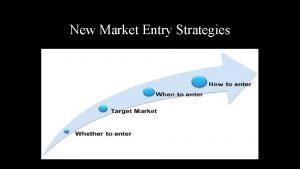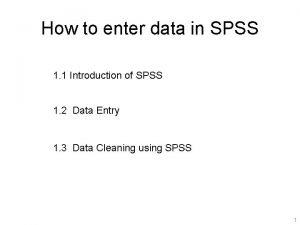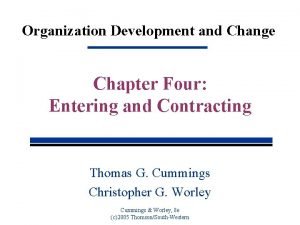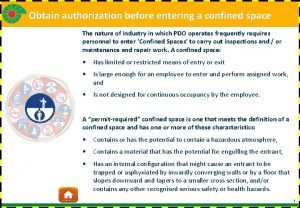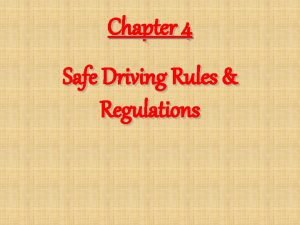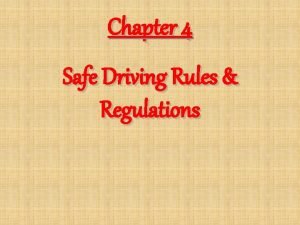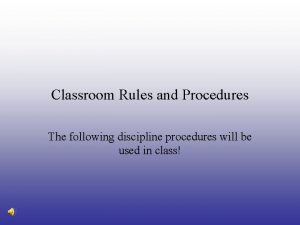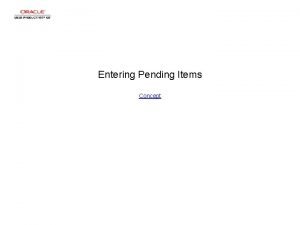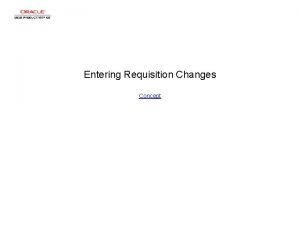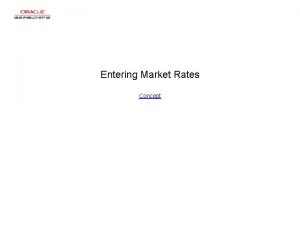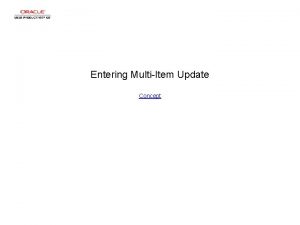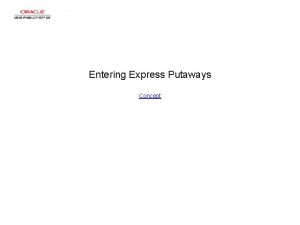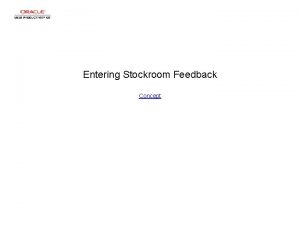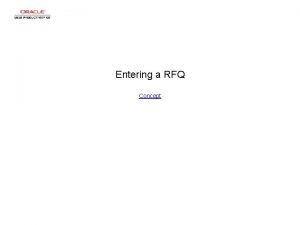US History Chapter 7 Section 1 Entering the











- Slides: 11

US History Chapter 7 Section 1 “Entering the World Stage” Lure of Imperialism

Main Idea v The US entered the imperialist competition late but it soon extended its power and influence in the pacific region

Reading Focus v What inspired the imperialist activities of the late 1800 s? v How did the US take control of Hawaii? v How did the US gain influence in China? v How did the US exert influence in Japan?

Imperialist Activity v Imperialism- “The extension of a nation’s power over other lands” v Industrial Revolution brought change to America and led to the quest to find new resources v Two main theories led to imperialism: * Nationalism- love for one’s country and belief that territorial conquests enhanced nation’s power * Cultural Superiority (Social Darwinism) v Late 1800 s European imperialism at all time high- led US to believe it was their turn New markets Military advantages Spread of Christianity

The Quest for Hawaii Ø US had on territory of Hawaii because of its ideal location for a coaling station Ø 1820 s- US Ships began to visit islands bringing traders and missionaries (foreign disease reduced population – *1770 - 300 K * 1890 - 40 K) Ø Business tycoons (Sanford Dole) invested in sugar and plantations- coerced King into signing agreement allowing free market at Pearl Harbor (known as the “Bayonet Constitution”) Ø This gave US Warships a new place to refuel Ø Ultimately, the US would annex Hawaii as a territory in 1898 and an official US state in 1959


Influence in China v China remained isolated from rest of the world and greatly limited foreign trade v Western interests (Japanese and European) dominated China “Spheres of Influence” v 1899 - John Hay proposed “Open Door Policy” with China v Much Chinese resentment plagued the nation due to foreign influences (led to the Boxer rebellion laying siege to Beijing) v Foreign Nations (including US) sent troops to squash rebellion- China agrees to trade with U. S.

In 1900, however, internal events in China threatened the idea of the Open Door. An anti-foreign movement known as the Boxer Rebellion, named for the martial artists that led the movement, gathered strength, and began attacking foreign missionaries and Chinese converts to Christianity. The Boxer Rebellion turned into a violent conflict that claimed the lives of hundreds of foreign missionaries and thousands of Chinese nationals. As the Boxers descended upon Beijing, foreign nationals living in that city—including embassy staff—clustered together in the besieged foreign legations, and called upon their home governments for assistance


Influence in Japan v Similar to China, Japan had isolated themselves from trade with rest of the world v By mid-1800 s US sent Commodore Matthew Perry to Japan to attempt to open up trade relations with Japan v Japan, somewhat intimidated, established the “Treaty of Kanagawa” which allowed> Established a port where American ships could refuel > Japan would provide humane treatment of shipwrecked American sailors > Would eventually open up trade with US and other countries v Japan embarked on period of rapid industrialization and rapid modernization (Meiji restoration) v 1904 - Russo-Japanese War (Japan Victory)- T. Roosevelt negotiated a treaty Japan emerged as superpower and wanted to counterbalance US imperialism v 1907 - T. R. sends 4 squadrons of Navy (Great White Fleet) around the Pacific Ocean as a show of force

A B B C B
 Gonowufo
Gonowufo Importance of sanitation
Importance of sanitation Entering data into spss
Entering data into spss Dhims2 ghana
Dhims2 ghana Entering data in spss
Entering data in spss Dua for entering the house
Dua for entering the house With her boyfriend yesterday she doesn't
With her boyfriend yesterday she doesn't Interpersonal process issues in entering and contracting
Interpersonal process issues in entering and contracting Obtain authorization before entering a confined space
Obtain authorization before entering a confined space Safe corridors law
Safe corridors law Chapter 4 safe driving rules and regulations
Chapter 4 safe driving rules and regulations Procedures for entering and exiting the classroom
Procedures for entering and exiting the classroom
